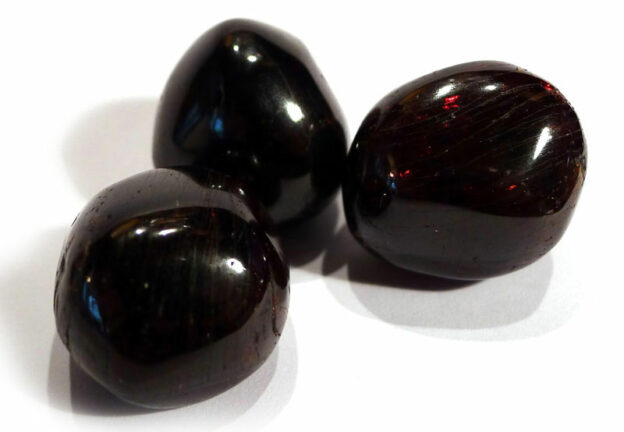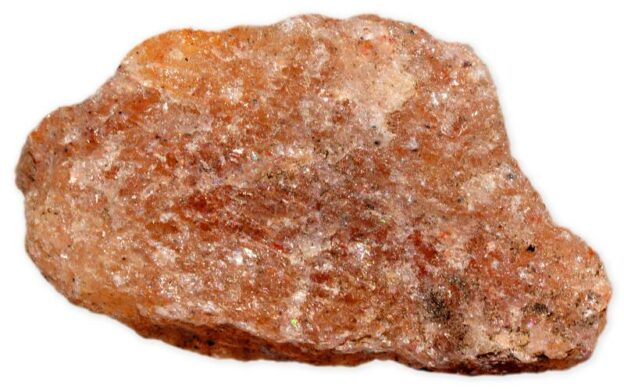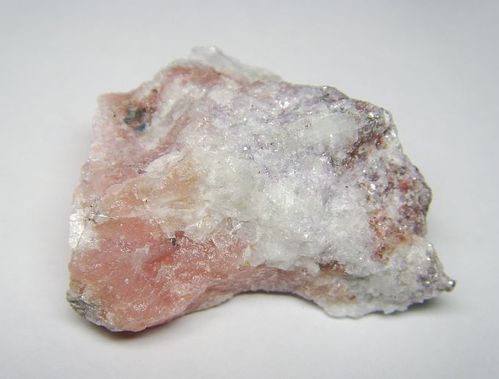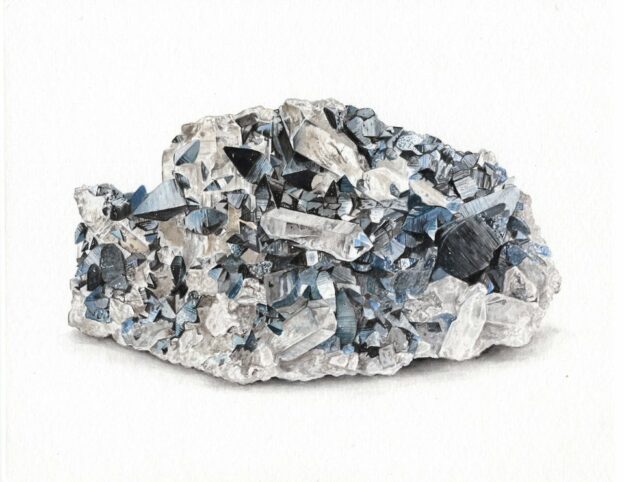Almandine is a stone from the group of pomegranates. Due to the wide distribution in the world, almandine has long been known to man, and the name is ancient. As soon as a gem is used in jewelry! For several millennia, people have learned how to cut this solid mineral, and polish cabochons, and cut relief miniatures on stone, and even choose cavities in jewelry inserts to weaken the color density of the product.
Almandine is a well-studied mineral. Five hundred years ago, when the dark garnet was called the Alabandian carbuncle, George Agricola decided to simplify the name of the stone as almandine. One and a half thousand years before Agricola, Pliny was eyeing the same mineral, and even attempted to describe the precious gem. However, the almandine stone kept its properties secret, and did not reveal secrets to the ancient scientist…
Mineralogy of Almandine
Like any garnet, almandine is a metal silicate. The formula for crimson crystals is Fe3Al2 (SiO4) 3. Depending on the concentration of iron, the stone changes color and transparency.
A noble pomegranate is called almandine of bright red color with a pronounced purple tint. Natural crystals of noble pomegranate are very decorative: a complex twenty-four-sided shape reminds of chiseled beads.
However, the size of almandine crystals often exceeds the standard sizes of beads. Raw jewelery stones can be up to five centimeters in diameter. Unsuitable crystals for processing (fractured, opaque) are even larger. The black almandine was mined by the Norwegians. In America, at the Smithsonian Institution, gems of excellent quality, each tens of carats in weight, are stored.
Gem deposits
Like Siriam garnet, almandine is mined in Myanmar. Nearby, in Sri Lanka, hand-scattered placers give the most beautiful almandines in a deep red tone. Good gems come from Karelia and Siberia. In Sweden, brown almandines are found. Finnish stones are saturated with rutile fibers and are famous for asterism. The mineral is mined in Africa, and in Greenland, and in Alaska – and found even in Antarctica!
Terrestrial reserves of almandine stone are extremely large. And although high aesthetic properties of samples are not inherent in every field, the price of gem products has always been extremely democratic. The situation has not changed today.
Due to the relative cheapness, this semiprecious stone is practically not faked.
But a few centuries earlier…
In the past, they simply did not know how to distinguish an inexpensive almandine from a precious ruby (although a law discovered by Archimedes could help buyers). Centuries passed before artisans guessed to conduct a study of the relative hardness of minerals.
However, few people were interested in the accuracy of the examination at that time. The eternal problem – to buy almandine cheaper, sell more expensive – has overcome both jewelers and resellers. Then a fraudulent scheme came into play, when a thin almandine cabochon was glued onto a turned glass and the doublet was set in solid gold so that the traces of the fake were not striking.
Today, almandine stone is barely more expensive than pyrope. Therefore, the craftsmen, in order to take a decent pay, try to give the stones the most perfect shape.
Almandine jewelry
In most cases, commodity almandines (already faceted) do not exceed a mass of three carats. Therefore, jewelers of some countries, offering customers almandine cabochons, often offer to decorate them with carvings. The tradition of cutting cameo grenades for several hundred years, she is alive today. Usually carved almandines are custom made and, as a result, settle in private collections.
In jewelry, almandines are often combined with mother of pearl and river pearls, carnelian and dark amber… Almadins look great in a group. Bunches of grapes and broken pomegranate fruits made of red-brown cabochons do not lose their relevance for the fifth century in a row. Experts are sure: the combination of homogeneous stones in groups dramatically enhances the effect of the stone.
The magical properties of almandine
Aquarians and almandines are literally made for each other. The entire positive that this grenade is capable of initiating is accepted, absorbed, amplified and splashed by those around it!
The remaining signs of the zodiac are also not deprived of the “attention” of the almandine. The stone, behind which in ancient times was noticed the ability to revive fun at any ball, feast, celebration, has not lost its abilities today. Any almandine – especially bright, defect-free, and large – amuses society, stimulates sexual initiative, and adds decisiveness and courage to the owner.
In the literary chronicles of balls of the century before last, cases of almandine “busting” are also described. Men, inflamed by the beauty and imaginary accessibility of a coquettish lady, had a duel right in front of the front porch of the ballroom. What is characteristic, before what happened, they did not belong to inveterate duelists.
Needless to say, the ladies who caused the fuss fired were, as a rule, adorned with garnet diadems, necklaces, bracelets and belts. And among the multi-colored stones, the lion’s share fell on the almadins…
Serious esotericists believe that the natural magical properties of almadine are distorted by the centuries-old use of the gem as the causative agent of passion. With proper professionalism of the magician, the gem is able to provide communication with people who died a violent death many years ago. This is the innermost property of this mineral…
The healing properties of almadine
Crystals similar in color to freshly baked blood help heal recent injuries. Relieves – or rather, isolates, isolating – almandine and wound pain. However, such a radical effect of the stone does not last long, weakening day by day as the event recedes into the past.
The analgesic healing properties of almandine do not extend to old wounds, although the stone saves from phantom pains (variously uncomfortable sensations in the amputated limbs), weakening them to the level of tolerance.
The heart muscle, damaged as a result of overstrains and recent (again) heart attack, recovers faster if the patient wears an almandine talisman on his chest.
Daily visual contact with almandine helps to replace the melancholy mood with a positive worldview. However, overly long sessions should not be arranged. Enough fifteen minutes of admiring the jewelry or interior decoration of beautiful stone, so that the inexplicable sadness gradually disappeared.




